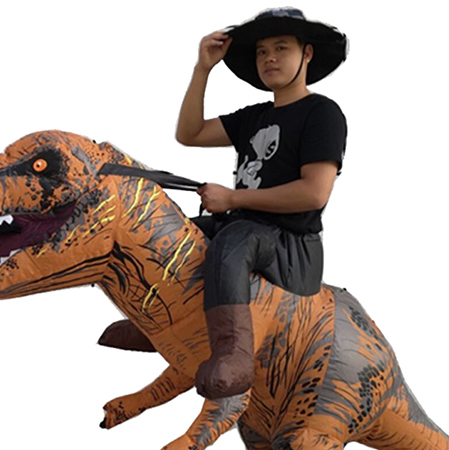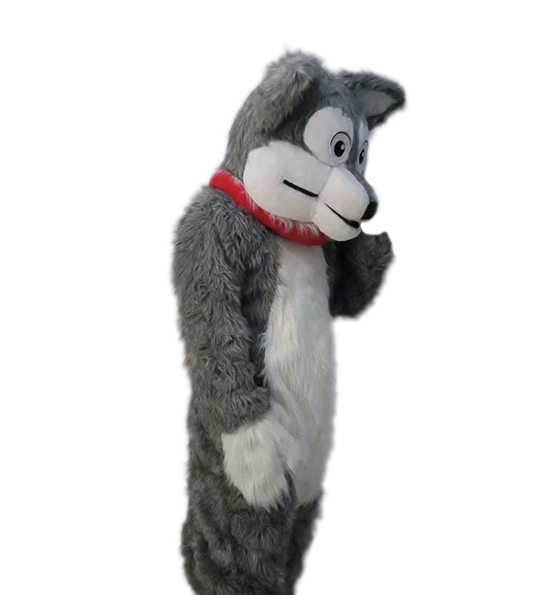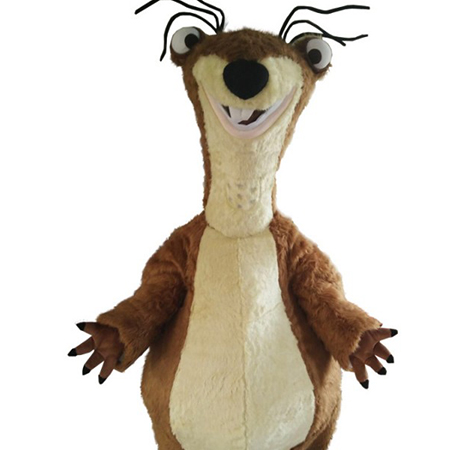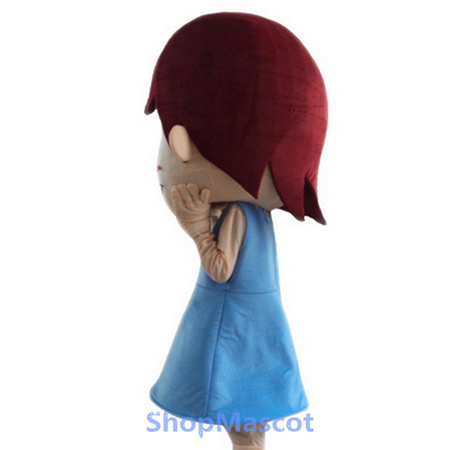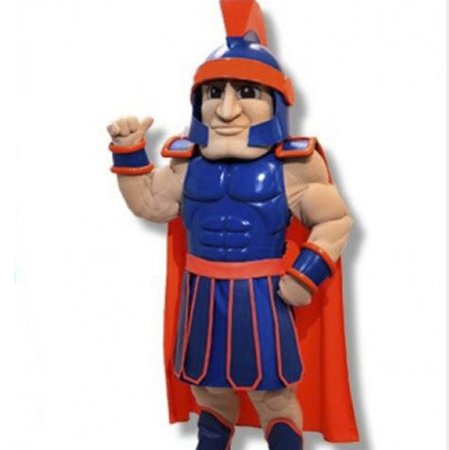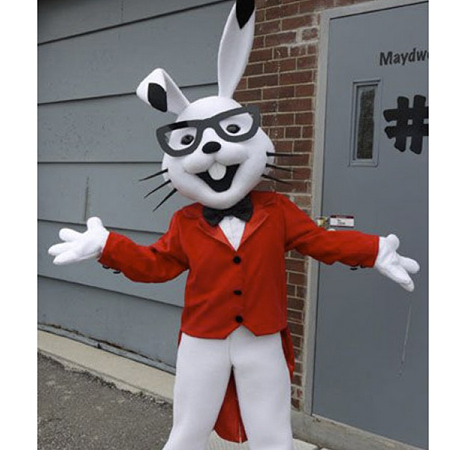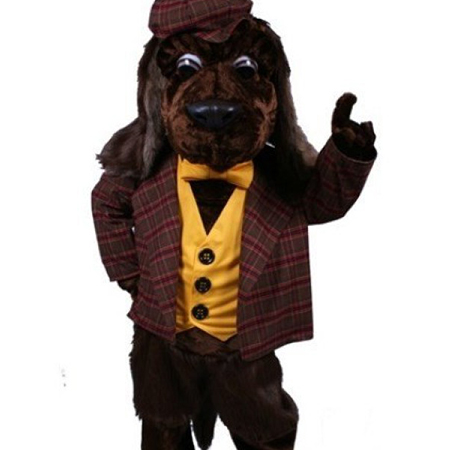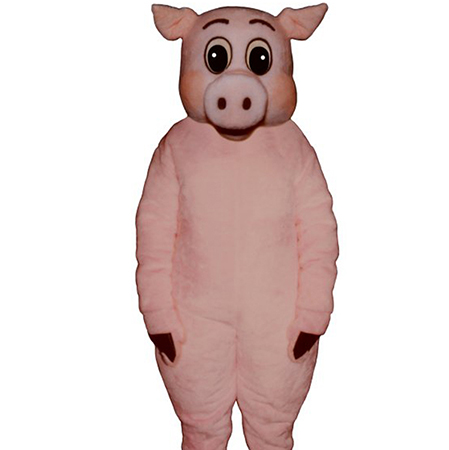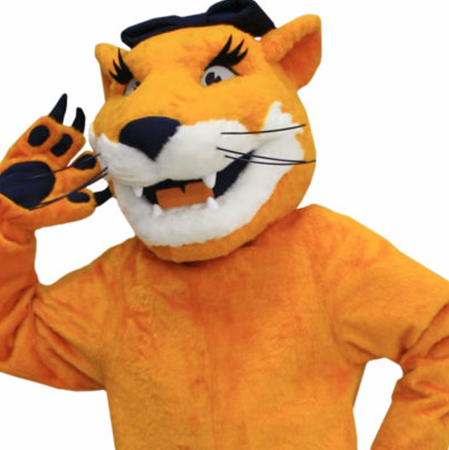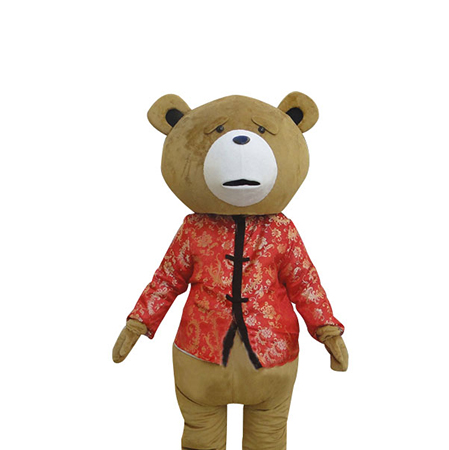The Business of Mascot Costumes: Market Trends and Insights
The mascot costume industry is growing significantly, driven by demand for enhanced brand representation and audience engagement. Advancements in materials and technology, coupled with the rise of experiential marketing, are fueling this growth. Customization and interactivity are key trends, with modern mascots featuring LED lighting and sound systems. Sports teams, entertainment sectors, and educational institutions are major contributors to this market. Despite challenges like high costs and sustainability concerns, the industry offers opportunities for businesses investing in innovative designs, ensuring those who adapt to emerging trends will thrive.

